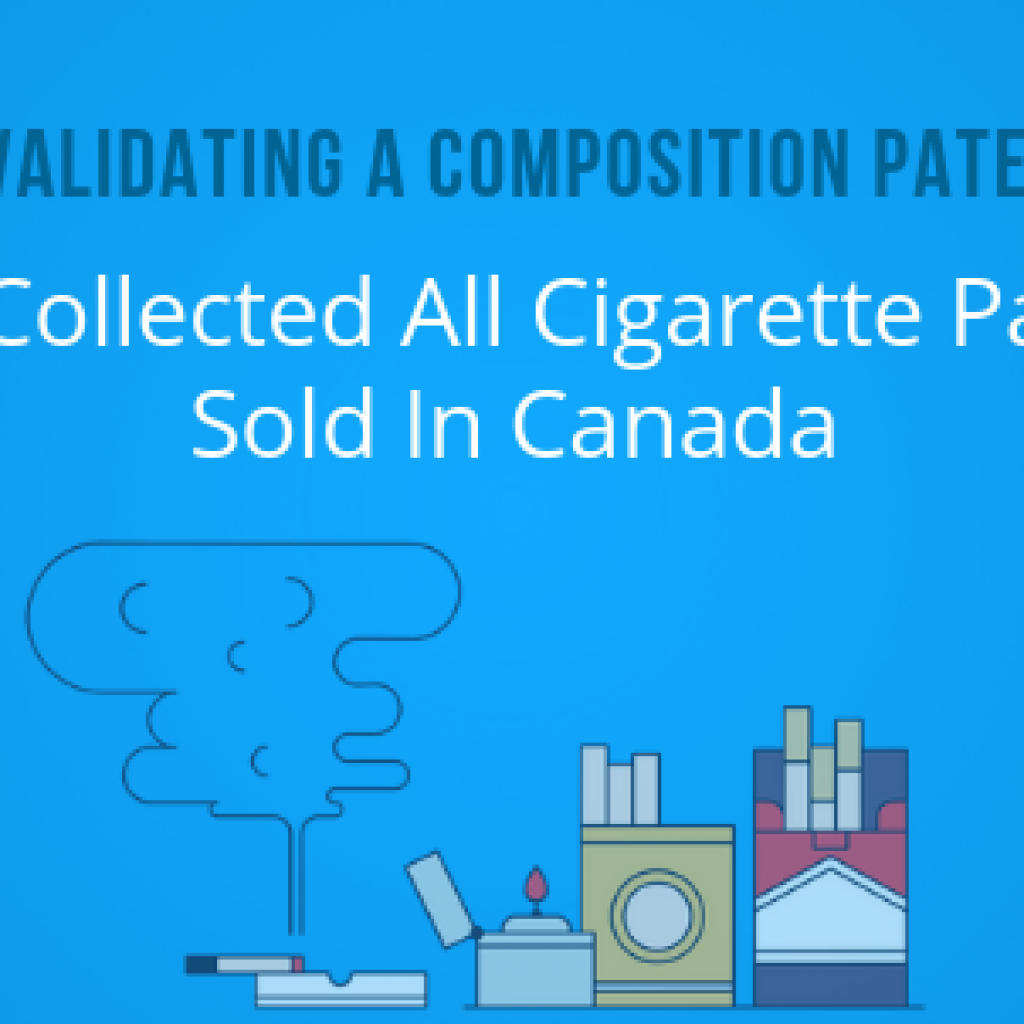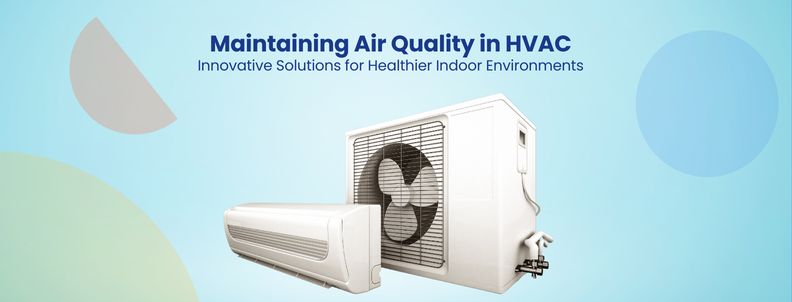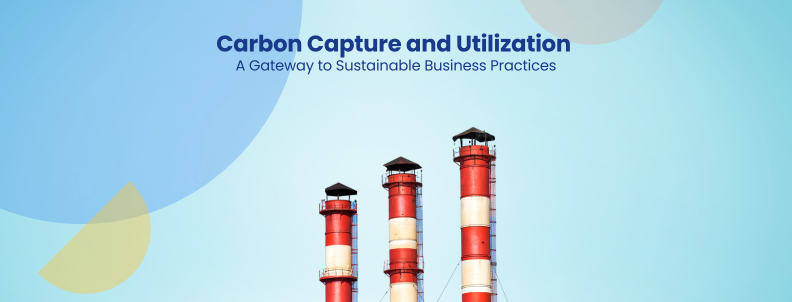Imagine you’re flying with Delta Air Lines guilt-free, trusting their claims of being a carbon-neutral airline. However, behind the scenes, a lawsuit in California is challenging this very belief!
In 2023, Delta Air Lines was sued over its $1 billion carbon neutrality claim, which plaintiffs argued was “false and misleading.” Delta’s ambitious pledge of going carbon-neutral by 2030 heavily relied on carbon offset projects like forestry and wetland restoration. However, a recent investigation revealed that 90% of these projects did not represent real carbon reduction.
The litigation has brought increased attention to the broader issue of greenwashing in corporate environmental claims. Companies invest in carbon offset projects to genuinely mitigate their emissions, but negative reports and investigative journalism shape public perception. As soon as it is revealed that an offset project isn’t effective, companies are labeled as greenwashers, even when they are unaware of these shortcomings. So, companies must learn how to avoid greenwashing in carbon offsetting and ensure their sustainability efforts are truly impactful.
Delta isn’t alone. Renowned corporations like Apple, Disney, and Gucci have bought carbon credits to support their sustainability efforts. Therefore, the question arises: Do these offsets really contribute to reducing carbon emissions, or are they just the ultimate climate change oxymorons?
Let’s take a deeper dive into the nuances of carbon offsetting.
Exploring the Complexities of Carbon Offsetting
Carbon offsetting serves as a strategic approach for companies to balance their greenhouse gas (GHG) emissions by supporting initiatives that either remove or prevent emissions. These projects typically fall into two primary categories:
- Carbon Removal Projects: These projects focus on actively reducing atmospheric CO₂ levels. They include nature-based solutions like afforestation and technological interventions such as Carbon Capture and Storage (CCS).
- Carbon Avoidance Projects: These initiatives target the prevention of emissions at their source. Examples include renewable energy ventures like wind farms, biomass energy, biogas digesters, and hydroelectric power—each aimed at displacing fossil-fuel-based energy.
Here’s how it works: Carbon Offset Project Developers create projects designed to combat global warming. After calculating their emissions footprint using advanced methodologies, companies purchase carbon offsets when internal reductions prove challenging or economically unfeasible. This offset investment balances their residual emissions, facilitating progress toward net-zero goals and allowing them to label their product or service as “carbon neutral.” This way, companies assure consumers that they can fly, buy clothes, or eat certain foods without worsening the climate crisis.
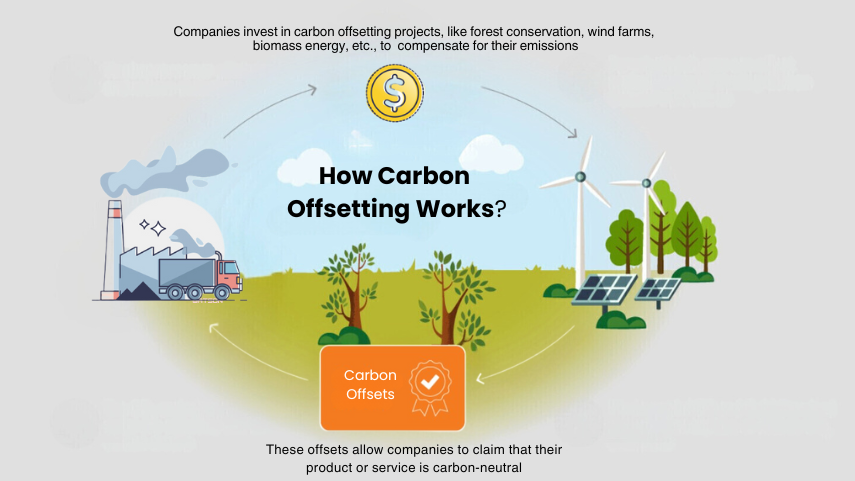
For example, Two Drifters, based in Devon, claims to be the world’s first carbon-negative rum distillery. The distillery assures it removes more CO₂ from the atmosphere than it emits by using 100% renewable energy, electric vehicles for deliveries, and investing in Direct Air Capture (DAC) offsets from Climeworks.
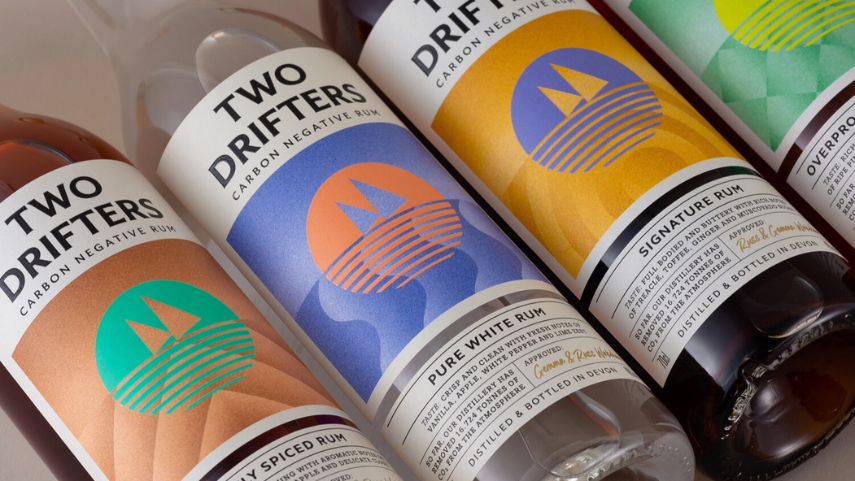
However, such claims have led companies to be labeled as “greenwashers.”
Carbon Offset Projects That Have Been Criticized for Greenwashing
Forest Conservation Projects:
In 2023, South Pole, a top carbon project developer, became the center of controversy. Media outlets and whistleblowers accused the company of overstating the climate benefits of its Kariba REDD+ forest conservation project by at least five times.
An investigative report revealed that only a handful of Verra’s rainforest projects showed reductions in deforestation, while 94% of offsets were “phantom credits.” The threat to forests had been overstated by about 400%. Major brands, including Delta, Volkswagen, Nestlé, and McKinsey, had purchased offsets from the Kariba REDD+ project and claimed carbon neutrality. So, when the controversy erupted, these companies had to accept damages, be labeled greenwashers, and even face lawsuits.
Carbon Capture Projects:
Carbon Capture Projects stepped into the market as a promising solution to mitigate global warming. However, the irony lies in the fact that a significant portion of the carbon dioxide captured from oil and gas production is reinjected into reservoirs to extract even more hydrocarbons. As of 2024, 70% of carbon capture projects are just enhanced oil recovery initiatives. These projects effectively extend the lifespans of fossil fuel companies that contribute to greenhouse gas emissions.
A notable example is the Boundary Dam project in Saskatchewan, a coal-fired power plant that began capturing carbon emissions in 2014. Initially, proponents claimed the plant would capture up to 90% of its carbon emissions. This amounts to around one million metric tons of CO2 annually, equivalent to the emissions from 200,000 cars. But, as of 2024, the project had consistently fallen short of this ambitious goal.
Experts warn that in the coming decades, we may look back and realize that we captured far less CO2 than needed but wasted much money that could have been better spent. Most of the time, carbon offsetting is greenwashing, but if approached correctly, it can potentially have a real climate impact. So, how to avoid greenwashing?. You just need to sieve out the unreliable projects. Here is the right way to choose offsets to include in your net zero strategy.
From Greenwashing to Genuine Impact: How to Determine Credible Carbon Offset Projects?
There are various carbon offset project developers in the market. They differ in the methodologies used for generating offset, pricing per ton CO2, target industries (aviation, automobile, commerce, etc.), and more.
It is essential that these developers best fit your use case. So, here are the key criteria you should follow:
- Transparency – Are they open about their processes and impacts?
- Geographical Availability – Can they operate where you need them?
- Reliable Methodology – Do they deliver real, measurable results?
- Offset Capacity – Can they meet your carbon reduction demands?
- Certifications – Are the offsets backed by accredited third-party organizations?
But even with a checklist, knowing which offsets are reliable is tricky. Let’s break down some methodologies that will help you avoid greenwashing.
How to avoid greenwashing: Credible Carbon Offsetting Techniques
Biochar
Biochar is a carbon-rich material produced by the thermal decomposition of biomass (such as agricultural waste, wood chips, or other plant material). This process locks in the carbon that would otherwise be released as CO2 if the biomass decomposes naturally or is burned. Companies like BIOSORRA promote the use of biochar in agriculture to improve soil structure, increase water retention, and enhance nutrient availability.
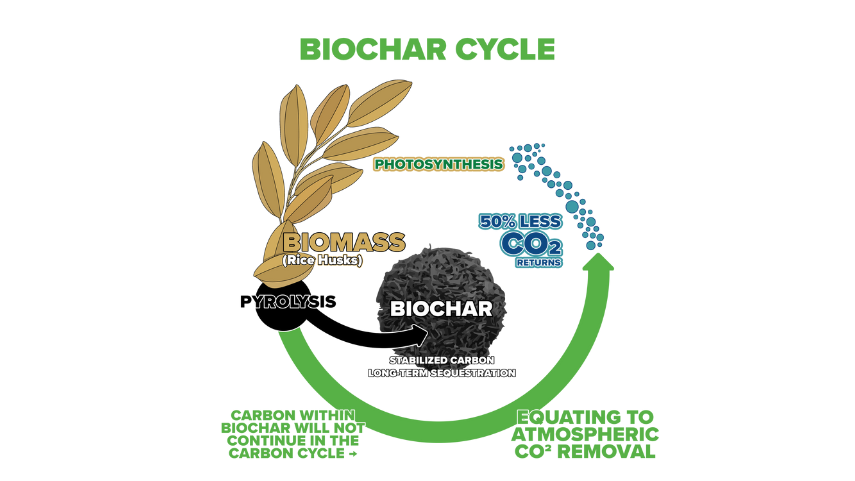
Seaweed sinking
Seaweed sinking is an emerging method of carbon sequestration that involves growing seaweed on a large scale, harvesting it, and then sinking it into the deep ocean. The idea is that seaweed, which grows quickly and absorbs large amounts of CO2 through photosynthesis, can effectively remove carbon from the atmosphere. When the seaweed is sunk into the deep ocean, the carbon it contains is sequestered for long periods, potentially for thousands of years.
Enhanced Rock Weathering
Enhanced weathering is a carbon sequestration technique that speeds up the natural process of chemical weathering in rocks to capture CO2 from the atmosphere. Silicate or carbonate-rich rocks, like basalt or olivine, are crushed into fine particles. These particles are then spread over large areas, such as agricultural fields, forests, or degraded soils. When they come into contact with water and CO2 from the atmosphere, the minerals form stable carbonates, like calcium carbonate. These carbonates remain in the soil or are washed into the oceans, leading to long-term carbon sequestration. The process is verified by Puro.earth, which has also developed a carbon crediting methodology for the process.
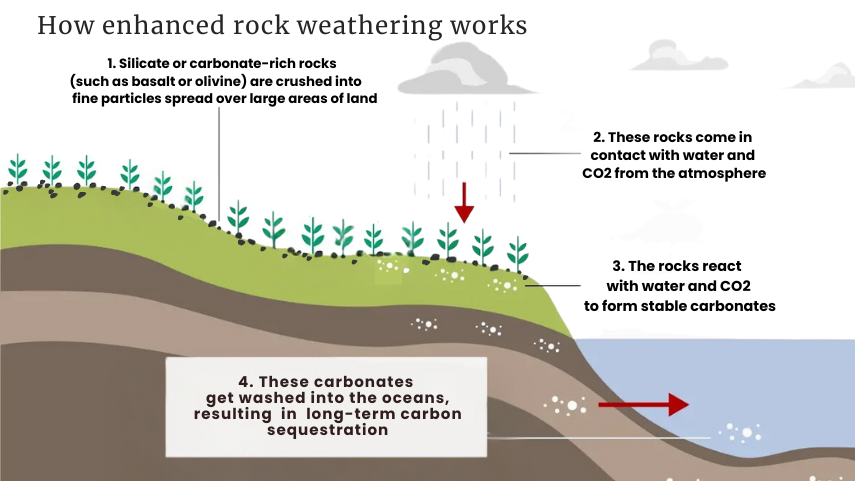
Direct Air Capture (DAC)
1PointFive has pioneered a cutting-edge Direct Air Capture (DAC) technology, where high-powered fans pull air into a processing facility, separating CO2 through a series of chemical reactions. This captured CO2 is then securely stored underground or repurposed into products like building materials and low-carbon fuels.
In 2023, Amazon committed to purchasing 250,000 metric tons of carbon removal credits from 1PointFive’s first large-scale DAC plant, STRATOS, in Texas. In the following year, Microsoft agreed to buy 500,000 metric tons of credits over six years, supporting its goal to be carbon-negative by 2030.
These collaborations underscore the pivotal role of DAC in the future of sustainable industry and carbon management.
Reliable Carbon Offset Marketplaces
A variety of carbon offset marketplaces are available. Each has its pros and cons. However, some options clearly stand out when benchmarked on transparency, geographical reach, offset capacity, and quality. For example, Nori utilizes blockchain technology to track carbon offsets transparently, while Supercritical employs an extensive 118-parameter vetting process to ensure the legitimacy of their projects. Here is a list of marketplaces you can choose from:
| Name of the Site | Link |
| Carbon Trade Exchange | https://ctxglobal.com/ |
| Climate Trade | https://market.climatetrade.com/ |
| Gold Standard Marketplace | https://marketplace.goldstandard.org/ |
| Patch | https://www.patch.io/ |
| Puro | https://puro.earth/ |
| CarbonX | https://carbonx.world/ |
| Nori | https://nori.com/ |
| Carbon Place | https://carbonplace.com/ |
| Toucan | https://toucan.earth/ |
| United Nations Carbon Offset Platform | https://unfccc.int/climate-action/united-nations-carbon-offset-platform |
| Clear | https://greenly.earth/en-us/blog/company-guide/top-5-carbon-offset-projects |
| Carbon Checkout | https://www.carboncheckout.com/ |
| Indigo Carbon | https://www.indigoag.com/carbon |
| Terrapass | https://terrapass.co.uk/ |
| Carbon Future | https://www.carbonfuture.earth/ |
| Supercritical | https://gosupercritical.com/ |
Nevertheless, companies must understand that carbon offset projects should complement, not replace, direct decarbonization. Carbon offsetting alone is not a silver bullet for achieving a net-zero model. Still, it can be a valuable tool when used with genuine efforts to reduce emissions. A net-zero model must include a combination of innovation, sustainable practices, and offsetting projects.
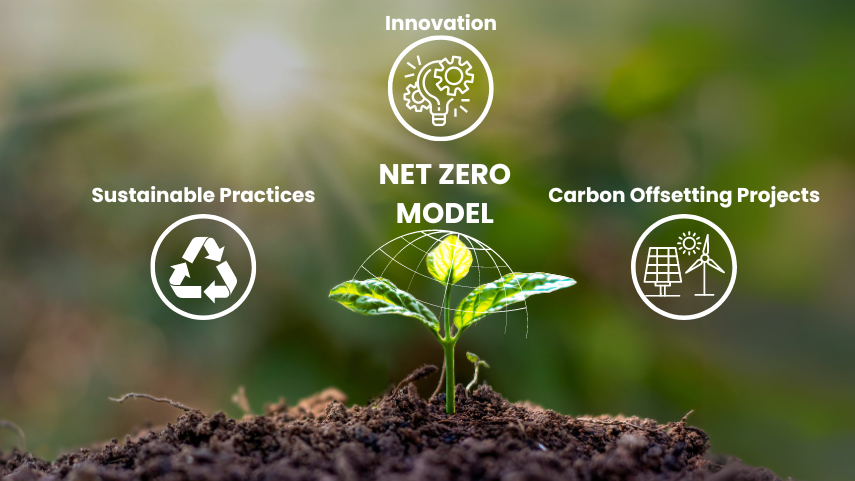
Beyond Offsetting: Innovative Approaches to Reduce Carbon Footprints
Packaging
An in-depth analysis of various materials revealed that companies extensively use sugarcane to prepare carbon-negative packaging materials, absorbing -3.09 kg CO2e/kg over its lifecycle. Orange Peel waste, when dried, is just as robust and flexible as plastic, with the additional advantage of being biodegradable. However, manufacturers must stabilize conservation immediately after production to prevent bacteria and fungi from forming. The project is still in the testing phase. Israeli cleantech company UBQ Materials converts municipal solid waste into composite thermoplastic material. This process prevents methane emissions, achieving a Global Warming Potential (GWP) of -11.69 kg CO2-eq per kg of UBQ™ material.
Printing Ink
Various innovative companies have developed carbon-neutral inks to reduce the carbon footprint in packaging. For example, Graviky Labs creates AIR-INK from air pollution, Living Ink uses algae-based pigments, and Newlight Technologies produces AirCarbon ink from greenhouse gases. South Korean international food company Cheil Jedang has developed an ink that actively adsorbs CO2. Research from the Rochester Institute of Technology revealed that Biochar can be used as a sustainable alternative to carbon black in lithographic inks.
Decarbonizing Steel Production
Innovative approaches have emerged for the decarbonization of steel. The majority of the emissions in the steel-making industry come from the blast furnace and the coke plant. Recent developments suggest that using alternatives to coke or substituting some part of coke with other materials can reduce emissions caused by the blast furnace process. Biomass-based, olefin coke, and hydrogen-based blast furnace reduction may emerge as feasible solutions in the future. There’s also a shift toward low-carbon feeds for powering electric arc furnaces (EAF), such as natural gas, syngas, or hydrogen-based DR processes. MIT-based researchers have replaced graphite electrodes with “inert metallic electrodes,” bringing down the CO2 emission to zero.
Sustainable Ice-Cream
Infinite Roots’ patented technology describes a sustainable ice cream product containing mycelium, colored through carbon-reducing microbes. Beijing Enterprises Co Ltd patented a microbial electrolysis cell (MEC) for sustainable wastewater treatment in dairy products like ice cream. MECs reduce CO2 emissions typically produced by biogas combustion during treatment. ColdSnap’s patented technology stores ice cream mix at room temperature in sealed pods, which are instantly frozen using ColdSnap® machines. This reduces carbon emissions from shipping and storing ice cream by up to 42% compared to traditional methods.
Conclusion
Carbon offsetting, while a promising tool, often walks a fine line between genuine impact and greenwashing. The scrutiny of corporations like Delta Air Lines shows the importance of transparency and credibility in offset claims. Studies show that removal projects are likely to gain importance in the long term. After 2030, technology-based carbon removal projects will likely outpace nature-based measures. Meanwhile, avoidance and reduction projects will continue bridging the gap to net zero.
Achieving carbon reductions across the entire value chain demands scrutiny of processes and emissions at every level. Companies often encounter difficulties in:
- Evaluating their energy usage and emissions to pinpoint areas for improvement
- Identifying renewable energy sources or materials to invest in for sustainable technology
- Finding collaboration opportunities to reduce emissions and protect the environment
GreyB can perform comprehensive due diligence before you embark on a carbon offset project. If you want to implement sustainable solutions but are unsure of the feasibility, click the button below to consult with our green experts today.

Authored by: Tamanpreet Kaur, Market Research
Next Read: 5 Carbon Capture and Utilization Startups Upcycling CO2






